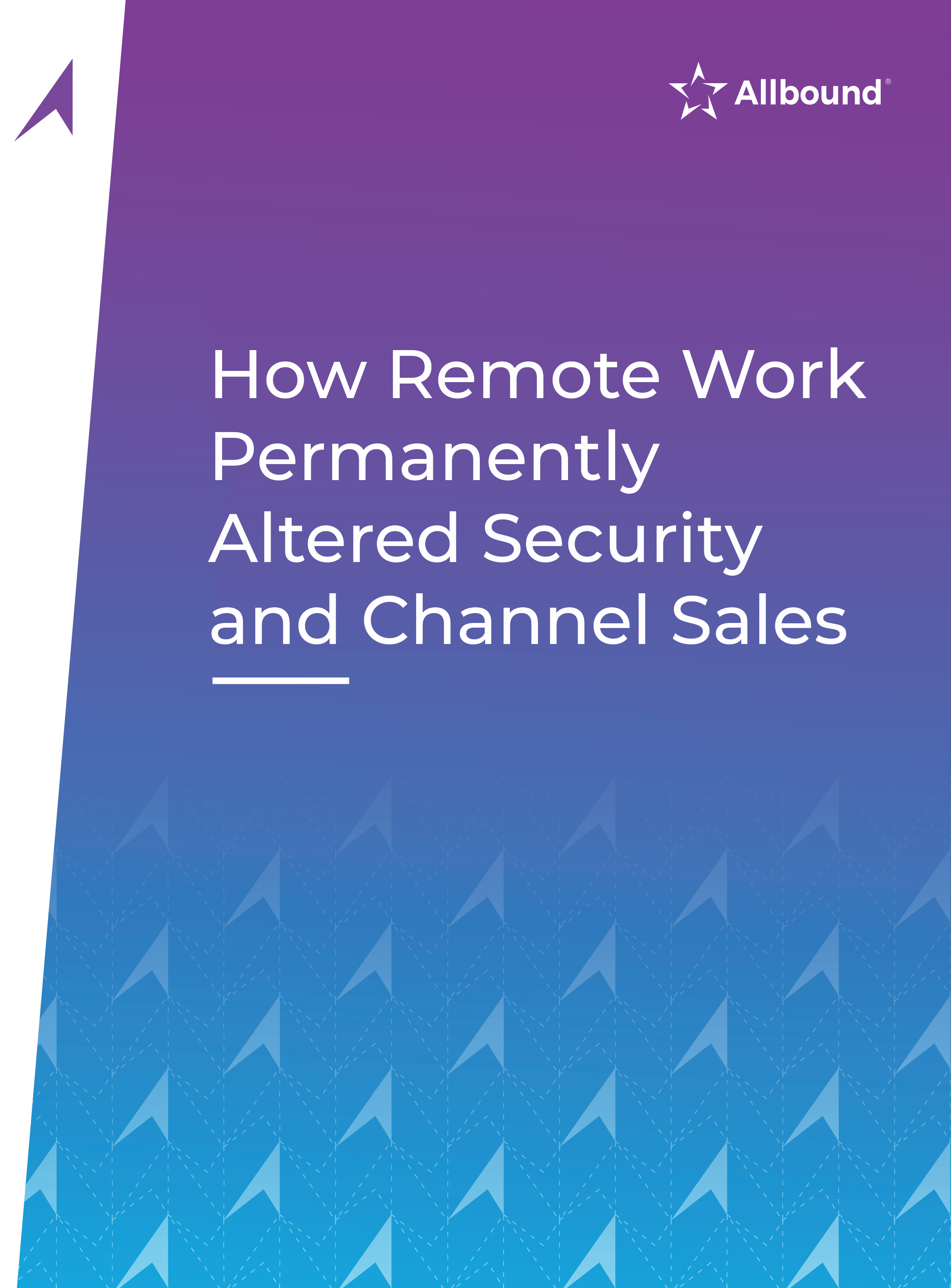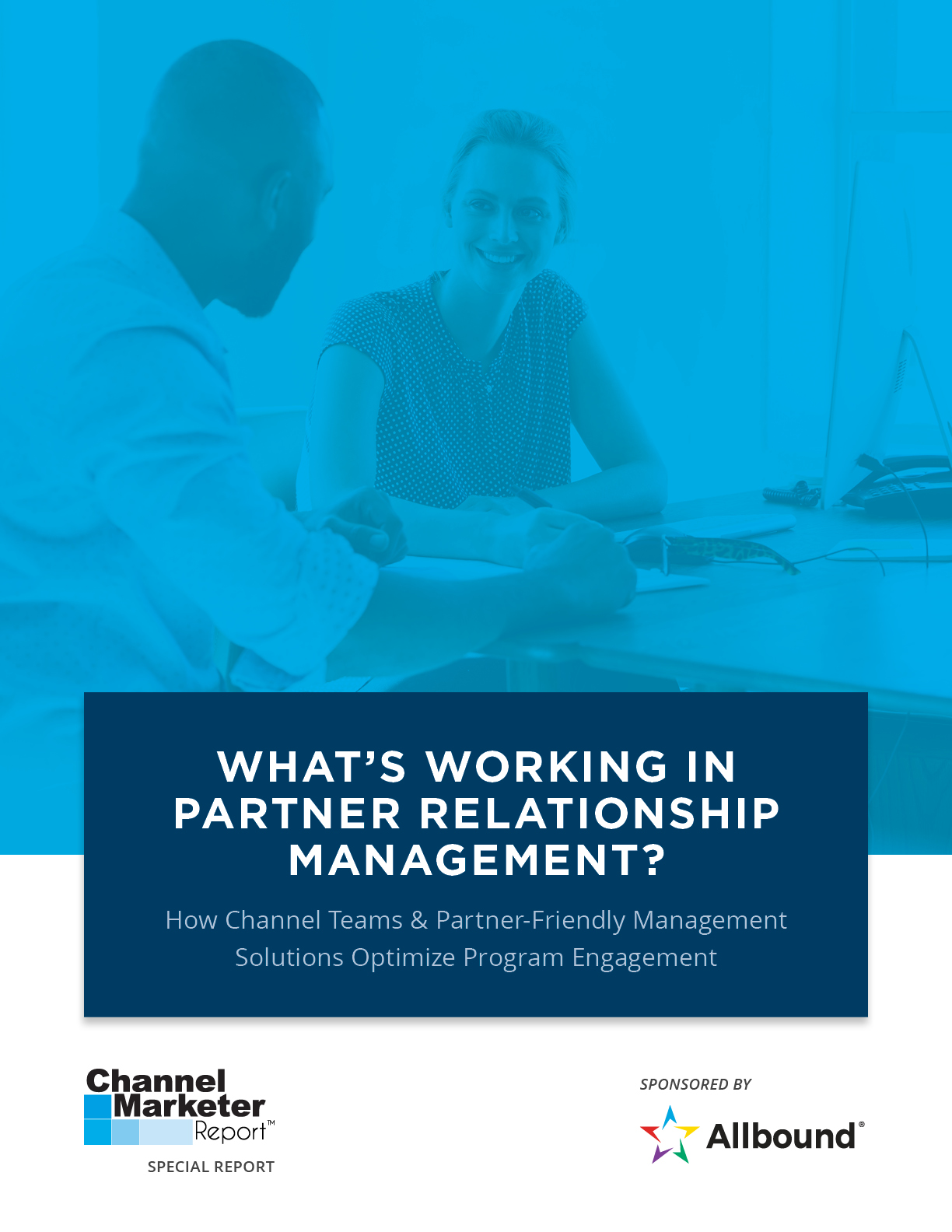Special Features
With Some Channel Resellers Dormant, OEMs Turn to Training and Education Incentives
By Tom Silk, Chief Executive Officer, WorkStride
FACT 1 — All channel marketing champions know the importance of incorporating learning and education into at least part of their overall channel partner strategy.
FACT 2 — It’s super hard to get the folks in the field to pay attention to optional training.
I remember a conversation early on in my career with the head of channel marketing in one of the world’s largest electronics manufacturers. “We’re not going to pay them to take training, it defeats the purpose. They should WANT to learn more.” Right… So why is it acceptable to reward partners (I take exception to the word pay) for outcomes like sales, but not actions like learning how to sell product better. Doesn’t one lead to the other?

Tom Silk, Chief Executive Officer, WorkStride
Currently, with COVID-19 slow-downs lightening the load of normally active channel sellers, companies are taking advantage of the slump as an opportunity to strengthen knowledge and train partners into better fighting shape than they were before. But so are their competitors!
OEMs often seek to educate their dealers and other partners on meaningful parts of their business – like brand values, product specs, their customers and how to best sell them – usually though materials like flyers and videos. Some vendors double-down on the effort and incorporate quizzing and gamification to make it more fun and exciting. But the companies seeing the best take-up are those leveraging part of their SPIFF budget to incentivize participation (or in the words of a former customer “Paying them to do it!”).
With a temporary pandemic-fueled blow to selling ability, resellers are looking for opportunities to remain productive and to continue earning while times are tough. Simultaneously, marketers at OEMs are holding on tight to their incentive budgets and looking for the best ways to leverage funds to keep partner performance going strong for the year.
Training And Education Prioritized
WorkStride conducted a brief pulse survey of our audience of channel leaders, and found that rolling out new “training and education” strategy was a predominant response by marketers in the current period, with more than 65% of responders looking to incorporate more training into their approach now than they planned to pre-COVID.
 This trend represents a shift in channel incentive budget allocation, rather than a budget cut. Channel Strategy firm, The 2112 Group, found in its channel survey conducted in March that 84% of channel marketers are retaining their 2020 budget specifically allocated to channel incentives, with 11% responding that they’re increasing incentive budgets – leaving only 5% responding with plans to decrease their incentive spending.
This trend represents a shift in channel incentive budget allocation, rather than a budget cut. Channel Strategy firm, The 2112 Group, found in its channel survey conducted in March that 84% of channel marketers are retaining their 2020 budget specifically allocated to channel incentives, with 11% responding that they’re increasing incentive budgets – leaving only 5% responding with plans to decrease their incentive spending.
The trend of keeping (and even growing) budgetary focus on incentives in an increasingly competitive market is not surprising. And neither is the intuition to focus more of that budget on training. Vendors expect a “morning after” period coming out of COVID-19, and instead of waking up with a groggy hangover, OEMs want partners coming out sharp, prepared to sell hard in order to catch up in an expectedly more competitive marketplace.
With focus on training, WorkStride is seeing our clients getting creative. Work-from-home themed promotions are launching that focus on both selling remotely as well as encouraging the consumption of latest materials. Kickers are being infused into channel promotions that dole out an extra reward for watching a video and taking a quiz. Some are going heavy on training incentives and rolling out series of videos and quizzes all tailored with extra incentives for participating.
Engaging All Partners
 The effort is likely to go a long way in the longstanding performance of partners. All channel partner networks have three holistic constituents represented in their populations – Loyalists, Detractors, and Inactives – and marketers are sharpening the tools for all three. Loyalists are partners who continuously perform, keep your brand in mind, and participate in programs constantly; Detractors are those who are in your network who may sell your offerings but tend to favor other competitive brands over yours, and Inactives are, well, not active.
The effort is likely to go a long way in the longstanding performance of partners. All channel partner networks have three holistic constituents represented in their populations – Loyalists, Detractors, and Inactives – and marketers are sharpening the tools for all three. Loyalists are partners who continuously perform, keep your brand in mind, and participate in programs constantly; Detractors are those who are in your network who may sell your offerings but tend to favor other competitive brands over yours, and Inactives are, well, not active.
Loyalists are the hungriest to participate and earn, so getting them sharper on what they’re selling and how they’re selling helps to further optimize their performance as a loyal ambassador. Detractors may be mostly un-loyal simply due to lack of rapport or emotional investment in a brand. Pinging them with ways to earn more while also instilling the brand can conceivably start to further attract them as reliable partners. Inactives simply may have not noticed promotions and communications hitting them in busier times – and so capturing them now with training sparks a flame to get them active once customer interactions start to rise again.
The great Billy Ocean sang it best: “When the going gets tough, the tough get going.” For him, that meant a #2 song on the billboard chart and a tasteful music video with Michael Douglas, Kathleen Turner, and Danny DeVito lip-synching in the background in white pantsuits. For channel marketers in the wake of COVID-19, it means getting tactful, creative, and supportive to empower channel partner effectiveness – keeping momentum up through the storm in the best way possible. Training and education, even as an indirect influencer to ultimate sales performance, is proving to be a powerful and widely utilized antidote to drive future channel success.











